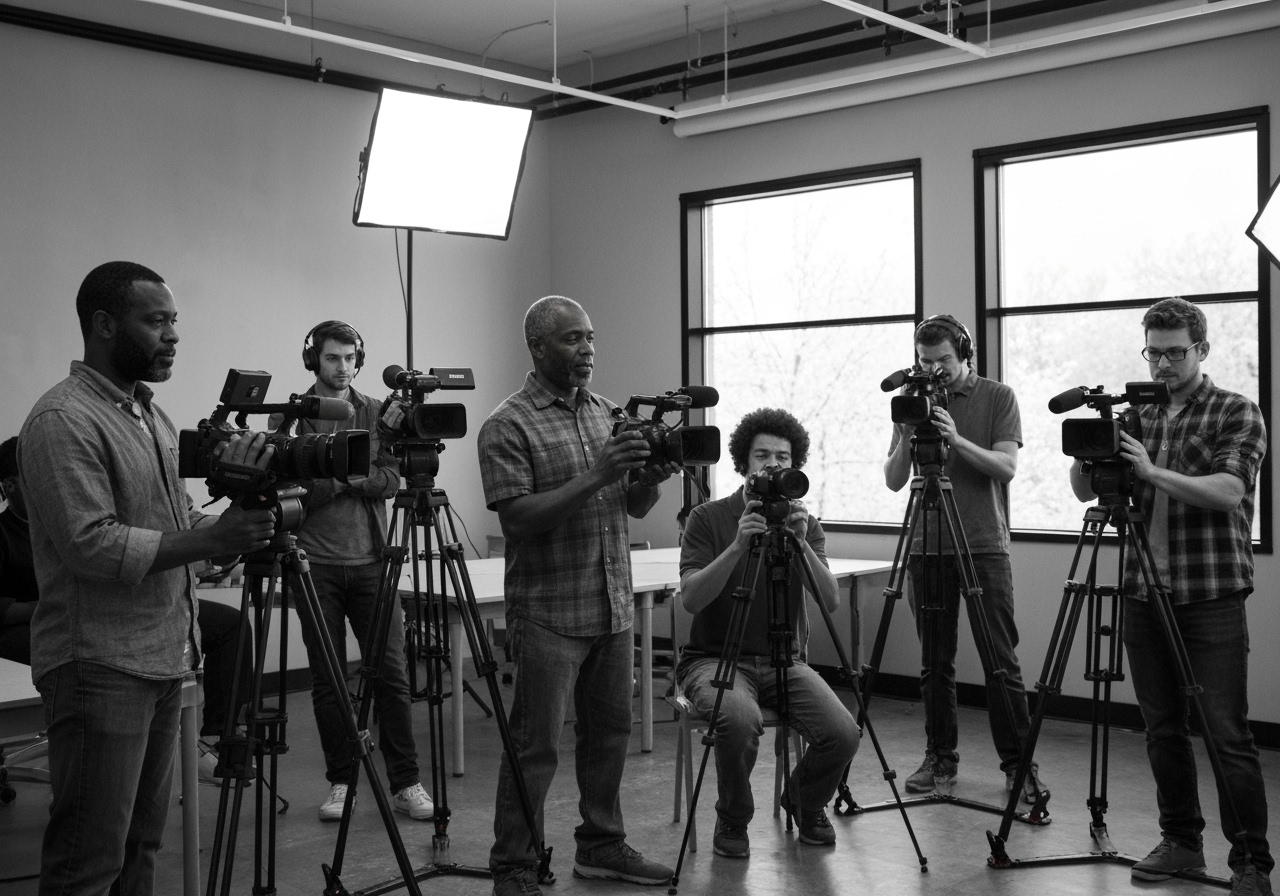Hard News vs Soft News: What’s the Difference?
In the busy world of news, two main types of news compete for our attention. Hard news is the serious stuff, covering important topics like politics, economics, and scientific breakthroughs. It requires careful thought and sparks important conversations. On the other side, soft news is the lighter side, sharing stories about people, celebrities, and lifestyles. It gives us a break and helps us connect on a personal level. Even though they seem different, these types of news come together to create a richer picture of our experiences. So, when you’re going through the news each day, appreciate the mix of serious and heartwarming stories – they all play a part in our world.
What is Hard News?
Read Also: How to Become a Photojournalist [Step by Step Career Guide]
Hard news is stories about important things happening in the real world. It’s the kind of news that’s based on facts and has a big impact on our lives. For example, when news covers global politics, it’s hard news because how countries interact can affect everyone. The economy, whether it’s local, regional, or worldwide, is also hard news because it’s a serious matter. Even weather forecasts, especially when they warn about things like hurricanes, fall into the hard news category because they can affect communities. Another important part of hard news is stories that keep us safe, like reporting on crime rates in a city or the spread of a new virus. Hard news tells us about real events and issues that matter in our world.
What is Soft News?
Soft news is a kind of journalism that blurs the line between giving info and entertaining us. It used to be just stories about people’s interests, but now it includes lots of media that share personality-centered stories.
Do you want free career counseling?
Ignite Your Ambitions- Seize the Opportunity for a Free Career Counseling Session.
- 30+ Years in Education
- 250+ Faculties
- 30K+ Alumni Network
- 10th in World Ranking
- 1000+ Celebrity
- 120+ Countries Students Enrolled
Unlike serious news, soft news doesn’t cover heavy topics. It’s the kind of news that tells us more about world events, shares interesting human stories, or talks about entertainment stuff. Soft news talks about lifestyle, culture, sports, celebrities, and stories that touch our feelings. These stories aren’t urgent; they’re more about making us interested and entertained. Soft news stories are flexible – they can use stories, opinions, humor, and feelings to connect with us. Soft news is all about the fun and enjoyable side of news, focusing on stories that entertain and touch our hearts.
Key Differences Between Hard News vs Soft News in Journalism
Read Also: The Growing Significance of Journalism and Mass Communication: Why It Matters
1. Subject Matter:
Hard news focuses on crucial and serious matters like politics, economics, and public safety, while soft news covers lighter and entertaining topics such as lifestyle, culture, sports, and human-interest stories.
Book Now →
2. Urgency:
Hard news tells us about things that are happening right now and are really important, like breaking news. Soft news is more relaxed and doesn’t need to be reported right away; it stays interesting for a longer time.
3. Objectivity vs. Subjectivity:
In hard news, reporters have to stick to the facts without giving their own thoughts or feelings. Soft news is more flexible – reporters can share their opinions, stories, jokes, and feelings to make the news interesting.
4. Impact:
In hard news, the stories can directly affect people and society, influencing decisions and what people talk about. Soft news, on the other hand, might not have a direct impact but can touch our feelings and entertain us personally.
Do you want free career counseling?
Ignite Your Ambitions- Seize the Opportunity for a Free Career Counseling Session.5. Structure:
In hard news, the story usually starts with the most important stuff and then gives more details. Soft news is more flexible – it can be told in different ways, using creative storytelling, jokes, and different styles.
Read Also: The Role of Social Media in Journalism
6. Audience Engagement:
In hard news, the goal is to keep you interested by sharing facts and information, making you think and understand things better. Soft news, on the other hand, wants to connect with you emotionally by telling stories, making you laugh, and sharing relatable content.
7. Sources and Interviews:
In hard news, they get information from important people, experts, and interviews with key figures to make sure the news is accurate and trustworthy. Soft news, on the other hand, often uses more casual sources, personal interviews, and stories to make the news feel more human and connect with the audience emotionally.
8. Language and Tone:
In hard news, they talk seriously and clearly, using formal language to make sure everyone understands. The tone is like they’re just stating facts. Soft news, on the flip side, talks in a more laid-back and friendly way. They use casual language, throw in some humor, and keep it relaxed to connect with a bigger audience.
9. Geographical Scope:
In hard news, they look at big events happening everywhere, talking about national and international stuff that matters to a lot of people. Soft news, however, might focus more on local or specific interests, keeping things relevant to certain communities or regions.
Read Also: How to Write a Feature Article: A Step-by-Step Guide
10. Longevity:
Hard news usually sticks around for a short time because it’s all about what’s happening right now. As time goes on, its importance might go down. On the other hand, soft news lasts longer and stays interesting for a while. It becomes evergreen content, keeping people engaged over a more extended period.
Importance of Hard News & Soft News in Journalism
The importance of both hard news and soft news cannot be overstated. Hard news serves as the backbone of an informed society, providing critical information about significant events that shape our world. Whether it’s the latest in politics, economic developments, or matters of public safety, hard news equips citizens with the knowledge necessary for making informed decisions. The urgency and objectivity inherent in hard news reporting contribute to a well-informed public discourse, holding leaders accountable and fostering a foundation for democratic societies.
Read Also: Top 5 Strategies for Long-Term Success in Journalism Careers
Simultaneously, soft news plays a crucial role in creating a more relatable and engaging news experience. It serves as a bridge between the news and the audience, presenting stories in an approachable and entertaining manner. Soft news goes beyond the facts, connecting with readers emotionally through anecdotes, humor, and personal narratives. In a world where information overload is common, soft news offers a refreshing break, catering to diverse interests and enriching the news landscape with stories about lifestyle, culture, sports, and human-interest narratives. Together, the dynamic interplay of hard news and soft news ensures that journalism remains relevant, appealing, and capable of meeting the multifaceted informational needs of today’s diverse and engaged audience.
Conclusion
In simpler terms, blending serious news with more enjoyable stories makes up the solid base of what we see in the news every day. Hard news gives important facts about big events, making us think and keeping everyone accountable. On the other side, soft news adds a personal touch by sharing entertaining and relatable stories that connect with lots of different people.
For those thinking about journalism, places like the AAFT School of Journalism and Mass Communication can teach you a lot about how news reporting works. Understanding both serious and fun news helps aspiring journalists make interesting and informative content that fits what people want to know in today’s world.

AAFT has been providing the world with limitless creativity and expression since 1993! Through a dynamic and industry-driven curriculum, AAFT provides engaging and captivating articles to persuasive blogs and empowers its readers to explore diverse avenues of creative media education-related content.






